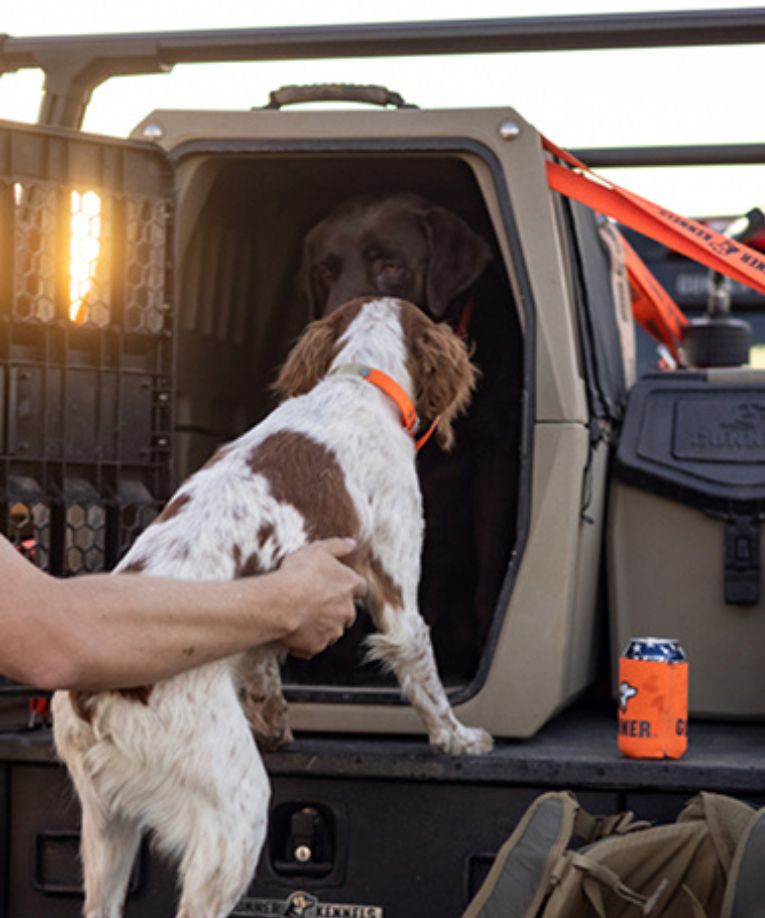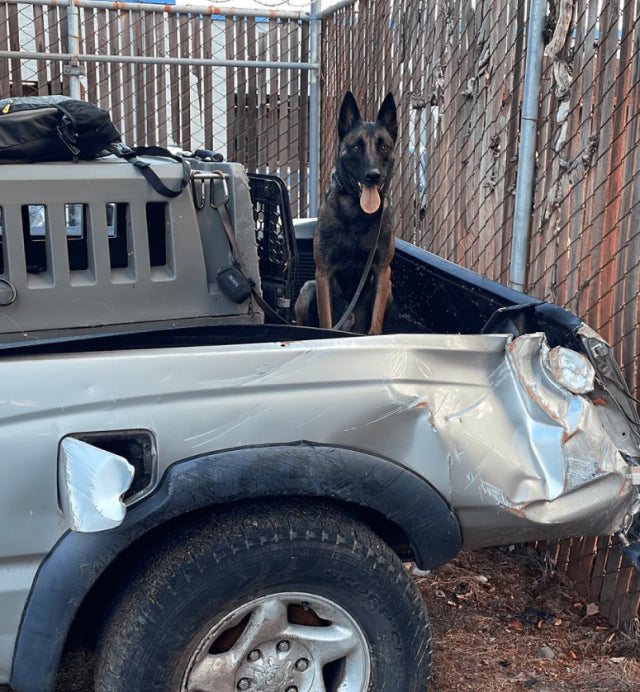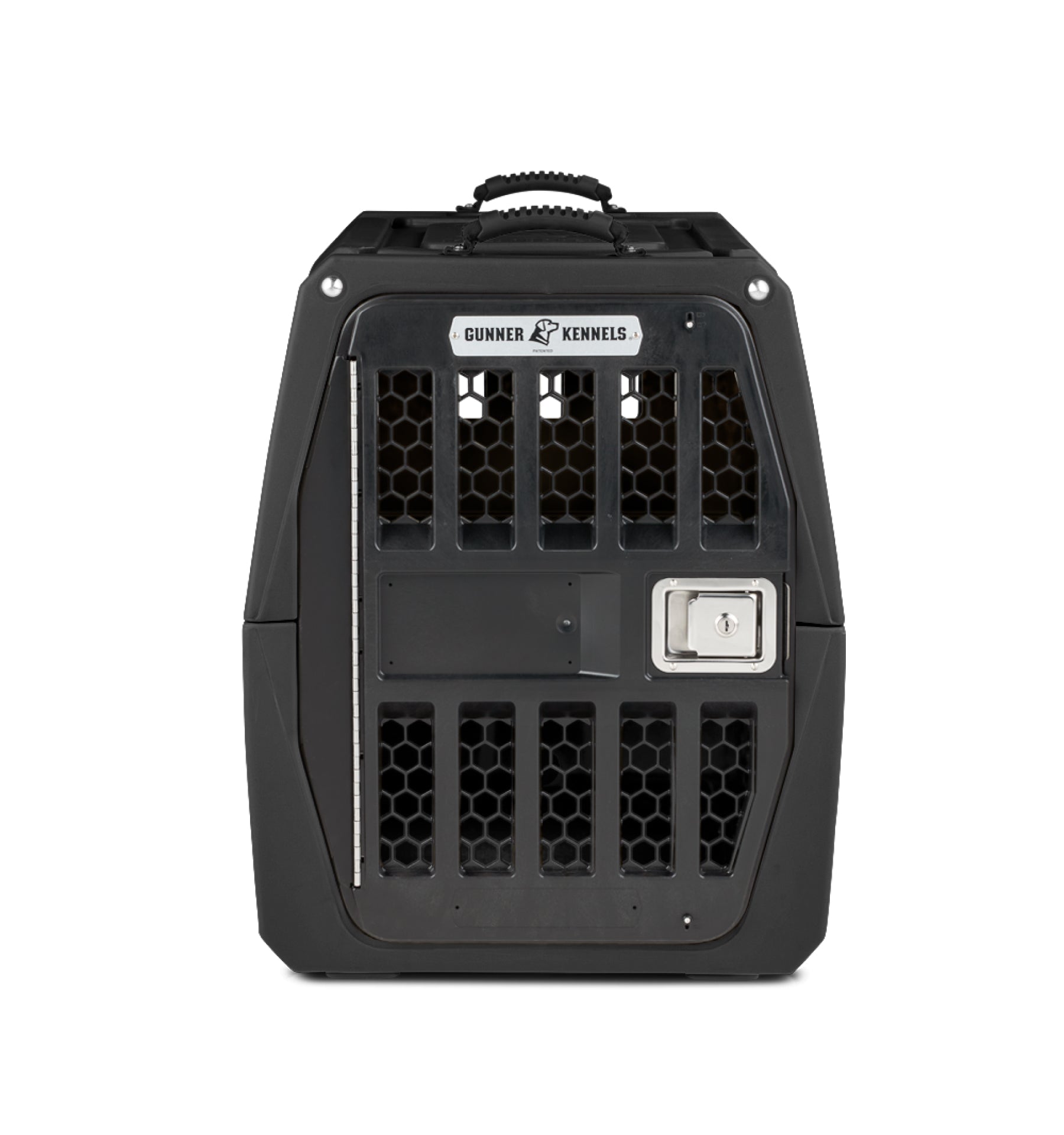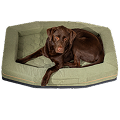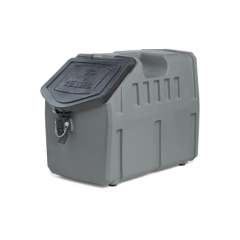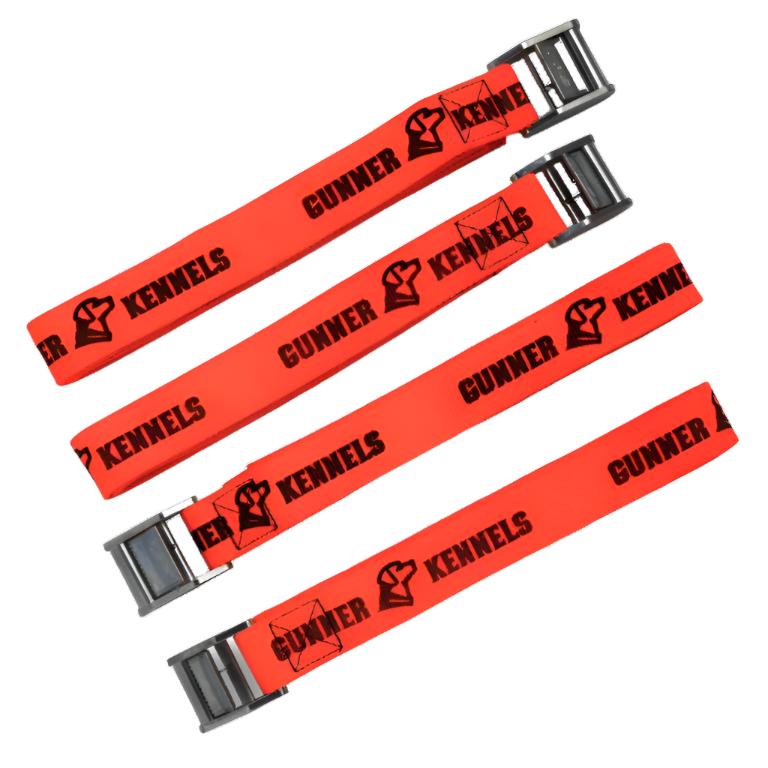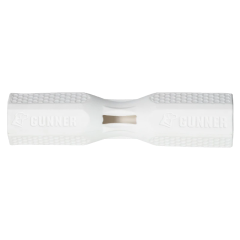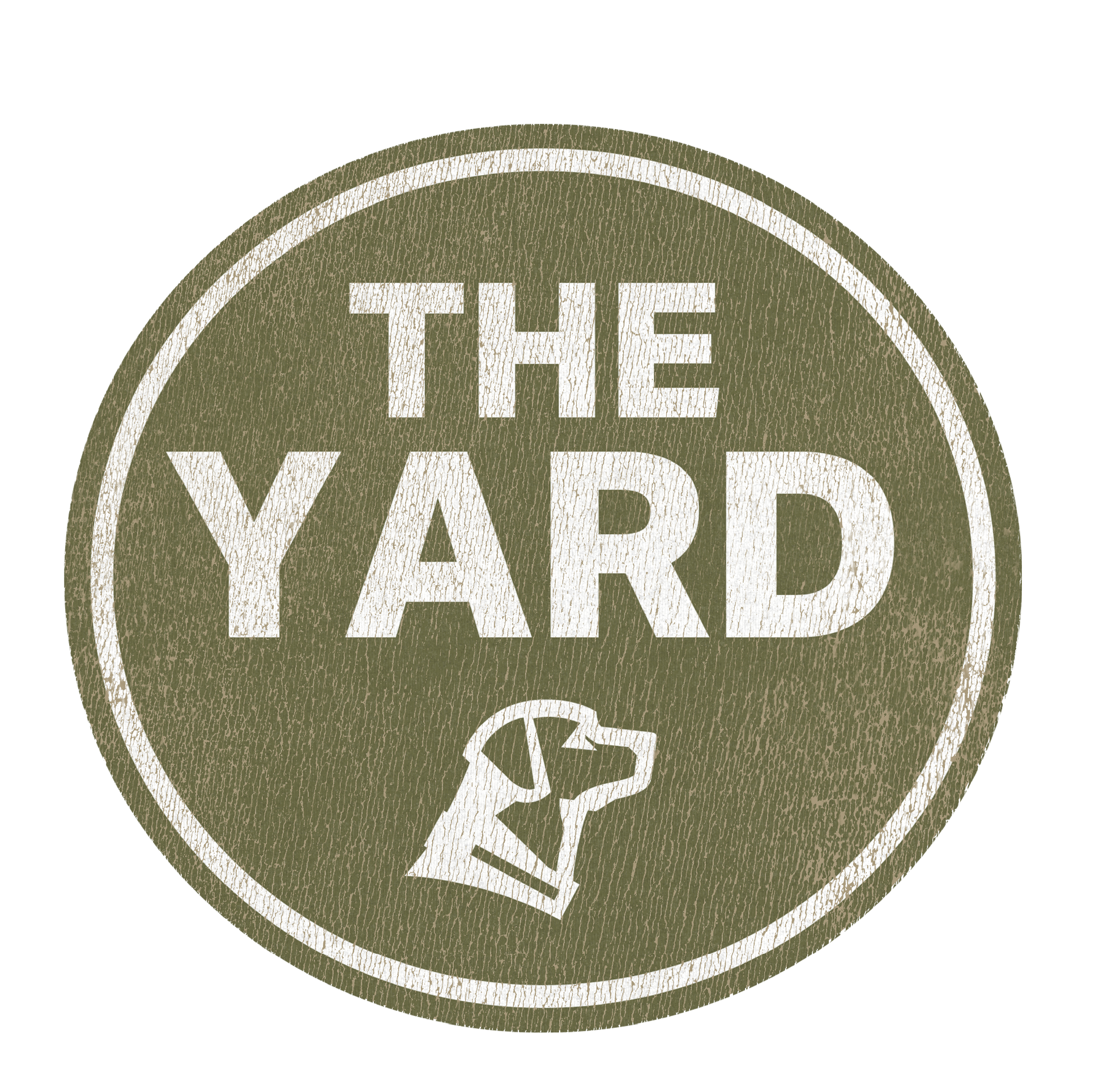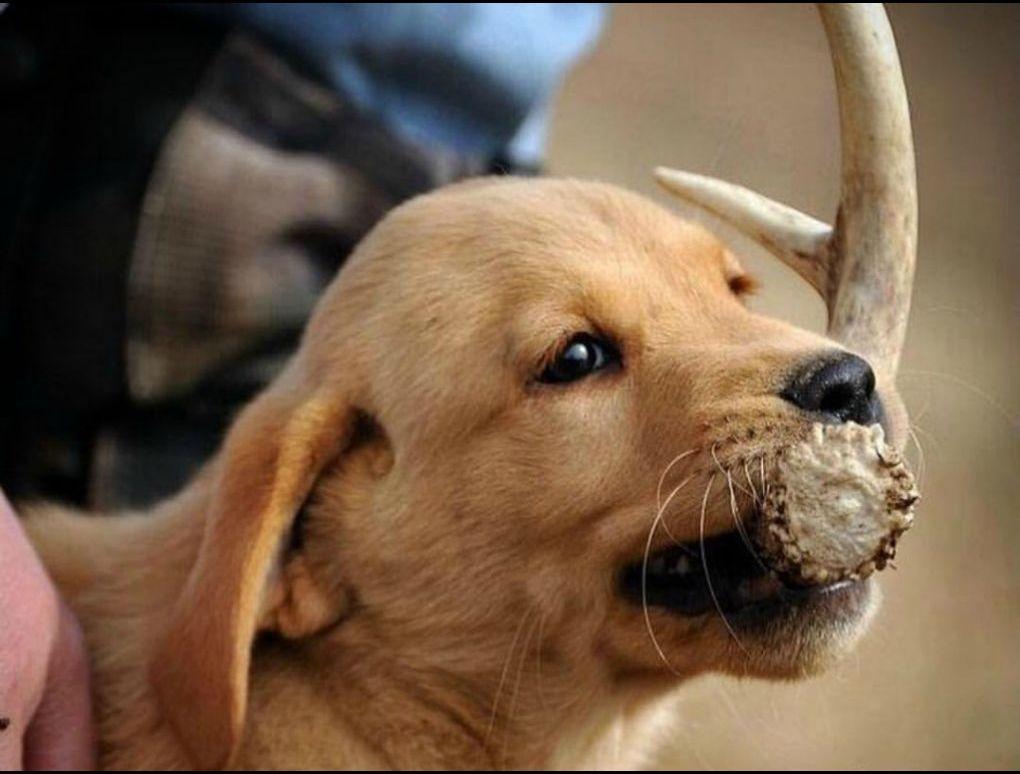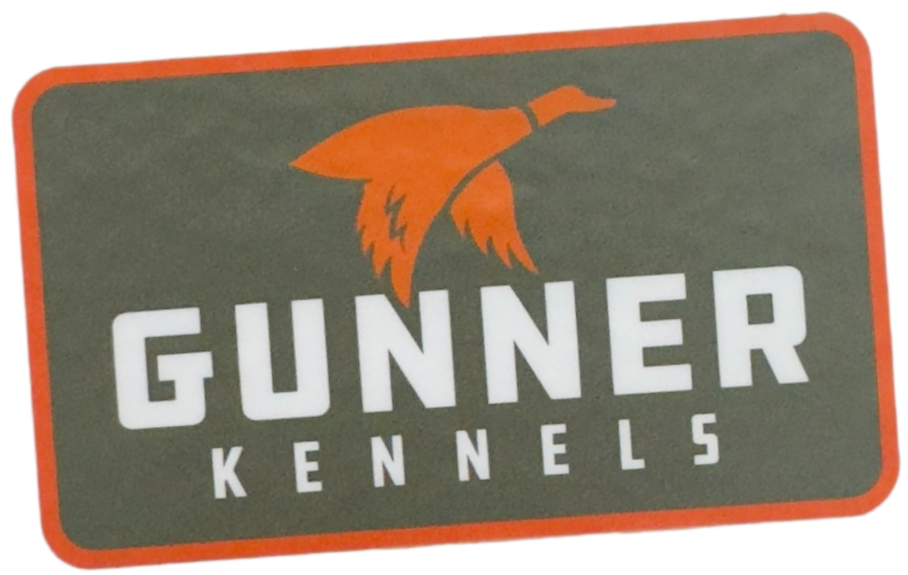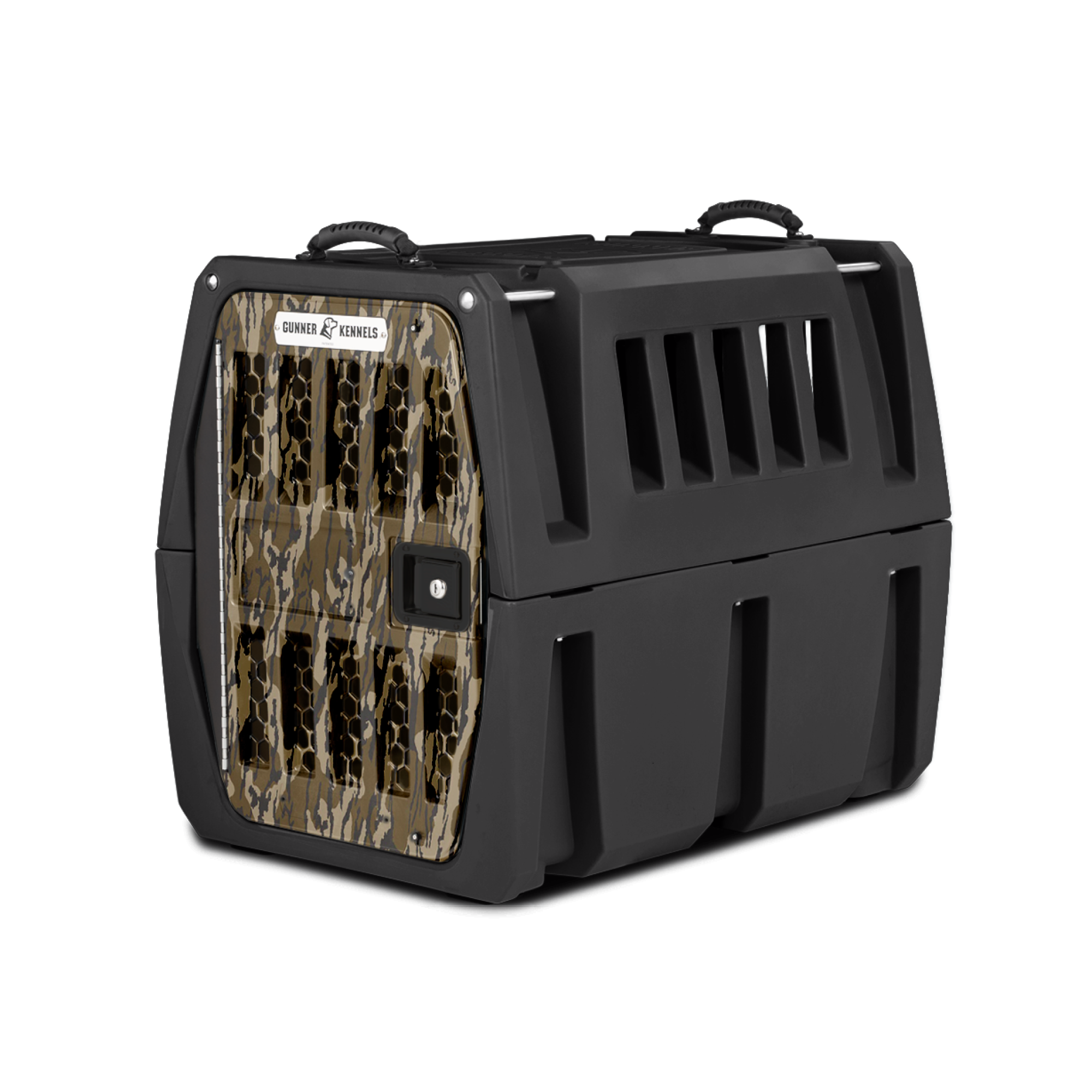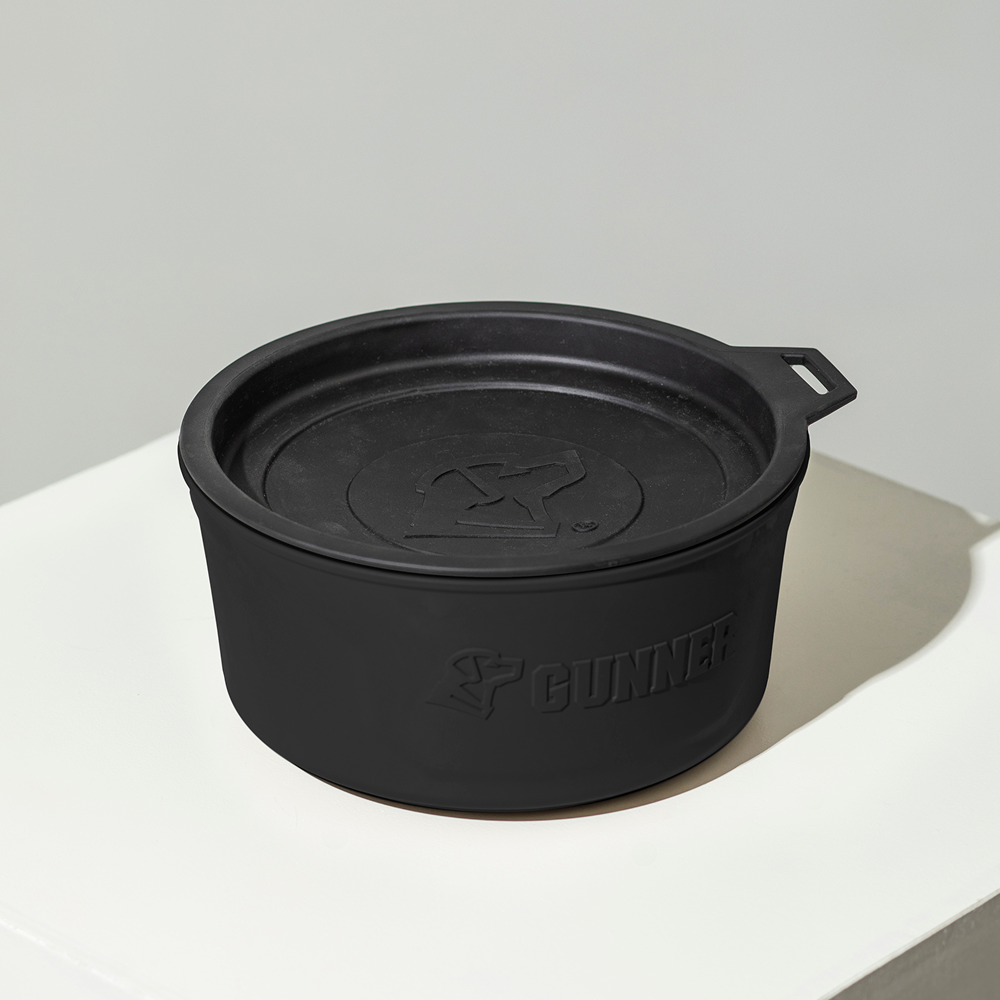Tracking, if they’ve got it inside of them… how do you get it out? We’ve asked Jeremy Moore, owner DogBone Hunter, to bring our GK readers a series that breaks down the “why” and “how” of the game recovery sport, just in time for deer season.

It’s Innate.
In the Part One article of these series for Gunner Kennels, my hopes were to make the point that when it comes to tracking – or what Dog Bone prefers to call “game recovery” – most dogs already have most of what’s needed, from a “nuts-and-bolts” aspect inside of them. I also hope that I made it very clear that training a game recovery dog is something that is not only effective and efficient, but relatively simple… or dare I even say “easy”?
Looking back on the Gunner Kennels’ blog, I thought it was interesting to find that two of the last six articles specifically address or discuss breeding or breeds. I thought these articles were full of great information, and in fact they make a point that I believe in completely, with regards to the impacts and connection of genetics and what makes up a dog. I truly believe in the importance of selecting the “right” genetics to match your hunting needs, lifestyle and maybe most importantly – your training style.
So, if inherent traits truly impact and influence a dog’s ability to be a competent game finder or game recovery dog, the nice part is that I really don’t believe the specific breed matters nearly as much.
In fact, as it relates to the actual ability for a dog to find or locate game that may otherwise be lost, I not only disregard the specific breed to a great degree, I also put aside pedigree because I really think that most dogs are capable. That includes everything from the Grand National Champion to the “rescue” dog from the shelter that you may or may not know exactly what their genetic lineage even consists of. The reason I say this is simply because a dogs ability to use their noses effectively is just so great despite pedigree’s or titles.
In researching a dog’s ability to smell, there are so many things that I’ve found interesting but a few things really stand out:
- Dogs possess up to 300 million olfactory receptors in their noses. (Humans have about 6 million)
- The part of a dogs brain that is designated to analyzing smells is, relatively speaking, 40 times greater than ours
- A dogs’ sense of smell overpowers our own by orders of magnitude—it’s 10,000 to 100,000 times as acute, The ability for a dog’s to use their noses in relation to vision would look like this: what you and I can see at a 1/3 of a mile, your dog could see as well at more than 3,000 miles away.
I’m by no means discounting a nice pedigree in the big picture.
I do believe 100% that quality breeding is worth every penny and I will always put a great value on what I believe pedigrees can offer from a health, trainability, disposition, and confirmation (etc.) stand point. But, I really don’t think that the pedigree itself limits any dog’s abilities to smell.
Training For Game Recovery
To recap my last article, I posed to you a short checklist of questions you should ask yourself if you were still on the fence as to whether or not you and your dog could do it. If you answered yes to one or more, I urge you to finish this month’s article and give it a shot. Commit to following the simple first steps I’m going to outline just one or two times per week over the next four weeks and then decide if you think you and your dog are interested in, and capable of, continuing on with training. So ask yourself:
- Do you have a dog?
- Does your dog seem to use its nose around the house or yard?
- Does your dog show you signs of intelligence and a willingness to please you?
- Do you have an interest using your dog to help in game recovery?
If you have answered “yes” to any of these questions, I would say you have what it takes to do it. Now it’s putting it all together and executing the plan, keep reading!
Four Simple Steps
Step 1. Keep it simple and bring out their natural predator-prey instincts.
If you’re reading this and deer season is open, put out a message that you are looking for a fresh deer liver. If you can’t get a hold of one, a beef liver will do. Have a helper hold onto your dog. Simply drag the liver quickly away from the dog and after you get a good head start have your partner let the dog go. Almost instinctively, your dog will take off on the line for you. When they finally get caught up to you and the liver, let them lick on it some and give them a ton of praise. Repeat this a few more times (3-4) with each repetition allowing a little more distance. Follow this session later on that week with one similar, except at one point with one of the repetitions, don’t let the dog watch. Cover their eyes of keep them in the house or kennel until you’ve made the drag.
Step 2. Add in additional scent elements.
The liver has a very distinct, strong, appealing scent. That will peak interest early on and help ensure success, but it will not allow introductions to other scent clues that may be found while on the track. In this next step, I like to switch to using real deer hides and a scent that I make myself called “Blood Trail”. Don’t be confused, our Blood Trail scent is not simply just blood. Think about it, if there’s strong visible blood on a track, I don’t need the dog. Instead, it’s when there is none or very little that I need the dog. Repeat step one using the Real Hide and Blood Trail scent and continue to lay the trail without your dog watching you. At this point, be sure to leave your dog something to find at the end. My personal choice is a deer-hide wrapped canvas bumper.
Step 3. Wounded deer don’t always run linear.
So, we have to start to teach our dogs to work turns, angles, backtracks, etc. Once our dogs is taking tracks confidently in straight lines, it is time to keep the honest and remind them to not outrun their noses. By incorporating simple turns to start, then more turns and different scenarios of the line, our dogs will have to force themselves to slow down in order to continue to successfully follow the line. You will be amazed at how naturally your dogs do this if you just set them up correctly and give them the chance.
Step 4. Don’t pass on a real training opportunity.
The next time you harvest a deer (as long as you know the animal will be recovered) be sure to bring your student along and allow them to have that experience and success. Don’t be critical or concerned if your dog struggles. The most necessary skill of any trainer is PATIENCE. Use this as a great training opportunity and help your dog find success with the real thing. You will be amazed what this king of experience will do for a dog and their handler’s confidence.
I challenge you to follow these four steps and see what happens. Will that alone make you and your dog a great tracking team? No, probably not “great”, but I would argue that it will undoubtedly increase your chances of finding a deer that otherwise may not be recovered.
If you try those simple steps and have some success I wouldn’t stop there though. Instead, I would continue to work on other challenges and scenarios that you’re likely to encounter in the field.
For much more information on training and training products available for game recovery, be sure to check out www.dogbonehunter.com and our social media outlets. Best of luck in the woods!
About Jeremy Moore
Jeremy Moore is the founder and co-owner of Moore Outdoors, which produces the DogBone Training Productsline. DogBone Training products have been designed to allow you to train your own dog to be a “deer dog.” He began his training career working with retrievers and gundogs, both upland and waterfowl over 15 years ago. However, over the past 7 years, he has focused his efforts specifically on developing “deer dogs” used for shed hunting and game recovery. Jeremy uses a traditional British style or approach in his training and believes that building his dogs confidence and trust is the most effective means of maximizing their potential. The DogBone line of products have been developed to match that approach.


